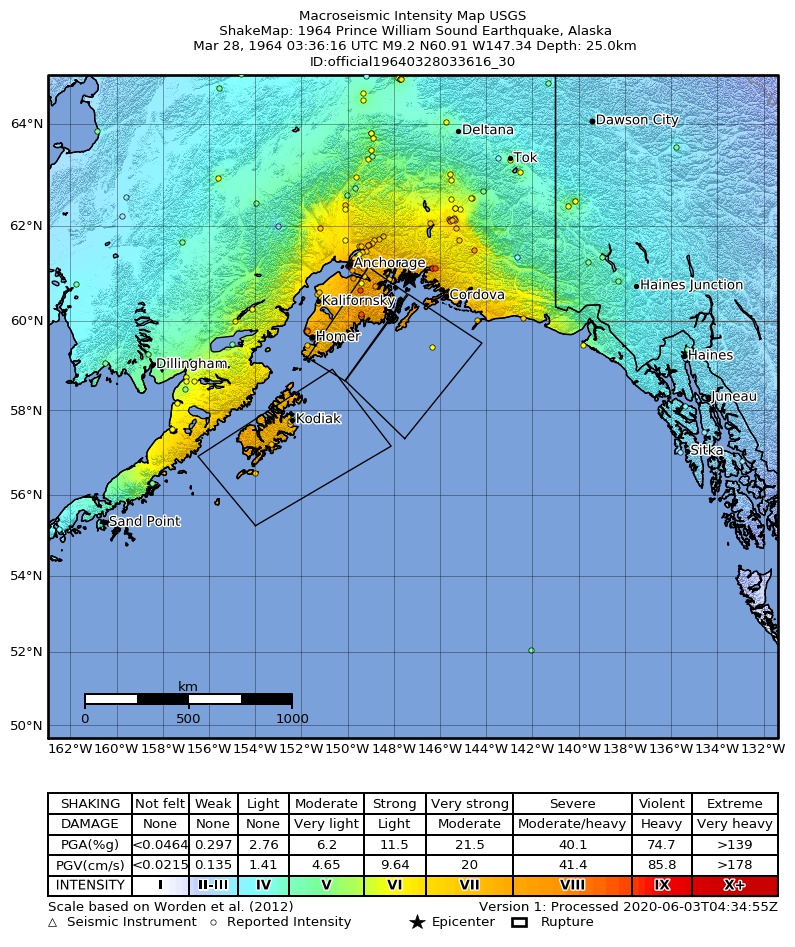The Earth's Fury
A LOOK AT THE 5 MOST POWERFUL EARTHQUAKES EVER RECORDED
Beneath the tranquil surface of our world, titanic forces are constantly at play. Tectonic plates grind against one another, building up stress over centuries that is unleashed in moments of terrifying power. These moments—earthquakes—have the ability to reshape landscapes, spawn tsunamis, and alter the course of history. Here, we delve into the science and stories behind the five most powerful earthquakes ever recorded by modern instruments, measured by their moment magnitude.
The Great Chilean Earthquake
Date: May 22, 1960
Location: Valdivia, Chile
The 1960 Valdivia earthquake was not just a tremor; it was a planetary-scale event. Registering an unfathomable 9.5, it released energy equivalent to thousands of atomic bombs. The rupture zone stretched for 1,000 kilometers, and the resulting tsunami propagated across the entire Pacific Ocean, causing fatalities in places as distant as Japan and Hawaii. It remains the undisputed most powerful earthquake ever recorded.

The city of Valdivia was devastated, changing the landscape forever.
Great Alaska Earthquake
Date: March 27, 1964
Location: Prince William Sound, Alaska
On Good Friday, 1964, Alaska experienced the most violent earthquake in North American history. For four and a half terrifying minutes, the ground shook, causing widespread liquefaction that saw entire neighborhoods slide into the ocean. The tectonic upheaval was so extreme that some areas were permanently raised by as much as 38 feet.

The city of Valdivia was devastated, changing the landscape forever.
For four and a half terrifying minutes, the ground shook, causing widespread liquefaction that saw entire neighborhoods slide into the ocean.
Sumatra-Andaman Earthquake
Date: December 26, 2004
Location: Off the coast of Sumatra, Indonesia
The 2004 Indian Ocean earthquake is remembered less for the shaking and more for the catastrophic tsunami it unleashed. The third-largest quake ever recorded, it ruptured the seafloor along a 1,500 km fault line, displacing a colossal volume of water. The resulting waves radiated outwards, striking 14 countries and killing over 230,000 people in one of the deadliest natural disasters in human history.

The 2004 tsunami brought unimaginable destruction to coastal communities.
Tōhoku Earthquake, Japan
Date: March 11, 2011
Location: Off the Pacific coast of Tōhoku, Japan
A modern tragedy that unfolded before the world's eyes, the 2011 Tōhoku quake was a triple disaster. The initial shockwave was the most powerful ever to strike Japan. It was followed by a ferocious tsunami that breached sea walls and, most critically, crippled the Fukushima Daiichi Nuclear Power Plant, triggering a meltdown. The event served as a stark lesson in the cascading consequences of natural disasters in a high-tech world.

The 2004 tsunami brought unimaginable destruction to coastal communities.
Kamchatka Earthquake, Russia
Date: November 4, 1952
Location: Kamchatka Peninsula, Russia
Long before global satellite communication, this monster quake rocked the remote and sparsely populated Kamchatka Peninsula. While local damage was limited due to the low population, it generated a massive Pacific-wide tsunami. Waves over 13 meters (43 feet) high slammed into Hawaii, causing extensive property damage, though remarkably, no human fatalities were recorded there. It was the world's first recorded magnitude 9.0+ earthquake.

The remote location meant the tsunami was the quake's most widespread impact.
